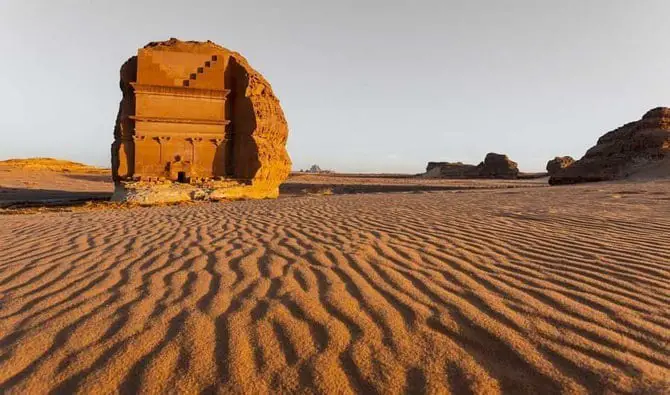The Vital Role of Corporate Archaeologists in the Modern World
1.The role of the corporate archaeologist has evolved beyond traditional perceptions, challenging stereotypes associated with the intersection of technology companies and archaeological expertise. Stefano Abbate, an Archaeology Specialist in Italy with Enel Green Power’s Environment, Archaeology, and Biodiversity unit, sheds light on the crucial function archaeologists play in the dynamic landscape of contemporary technology firms.
II. Archaeology in the Energy Transition
A. Redefining Green Jobs
While green jobs are often perceived as purely technical, focused on renewable energy installations, Stefano Abbate emphasizes the broader concept. His role involves finding solutions for clean energy projects while safeguarding archaeological assets. This dual focus addresses both the energy transition and the preservation of historical-artistic heritage, particularly significant in countries like Italy with rich historical identities.
III. A Day in the Life of a Corporate Archaeologist
A. Project Lifecycle Management
Stefano Abbate actively engages in all project phases, from feasibility analysis to the final installation of renewable energy infrastructure. His role involves navigating the intricate realms of both clean energy implementation and the preservation of archaeological heritage.
B. Bridging Communication Gaps
Interacting with the General Directorate of Cultural Assets, Abbate emphasizes the importance of effective communication. Being an archaeologist allows him to communicate in the same language as the Directorate’s staff, fostering mutual respect and trust, ultimately minimizing misunderstandings and construction site impacts.
IV. Archaeology and Construction: Unexpected Allies
A. Archaeological Induction
Every new construction project initiates an “archaeological induction,” a specialized training day to raise awareness of archaeological aspects among project participants. Abbate educates teams on proper procedures in the event of a discovery, highlighting the necessity of halting work, avoiding interference with remains, and immediate contact for inspection.
B. Shared Interests
Abbate notes the surprising interest participants show in archaeological aspects during these events, emphasizing the shared curiosity and respect for historical artifacts.
V. Technological Advancements in Archaeology
A. Beyond Trowels and Brushes
Contrary to the conventional image of archaeologists with trowels and brushes, Abbate underscores the transformative impact of technology on their work. Remote sensing instruments, including georadar, magnetometer, Lidar, and ARP, enable preliminary analyses without excavation. Technological innovations like ARP helped identify ancient structures, prompting project reconsideration.
VI. Archaeological Discoveries: Unearthing History
A. Discovering Ancient Tombs
Abbate recounts discovering an ancient tomb in Sicily during a reconnaissance campaign, highlighting the significance of unregistered archaeological structures. The discovery showcases the collaborative effort of the teams involved.
B. Unexpected Finds during Construction
When archaeological objects emerge during construction, Abbate emphasizes the critical moments in his work. For instance, findings in Upper Lazio, Italy, led to the discovery of Roman Etruscan-era ceramic remains. The collaboration between Enel Green Power and the General Directorate is shaping plans for public display and scientific publications.
VII. Conclusion: Nurturing the Intersection of Past and Present
As the corporate archaeologist navigates the delicate balance between technological progress and historical preservation. The past, intricately woven into the fabric of the present, finds its guardian in the corporate archaeologist, ensuring that our journey into the future remains rooted in a profound understanding of our shared history.
Thank You!
Other Posts:
Exploring the Handmade Clay Figurines of Djenne-Djenno
RajExplorer

